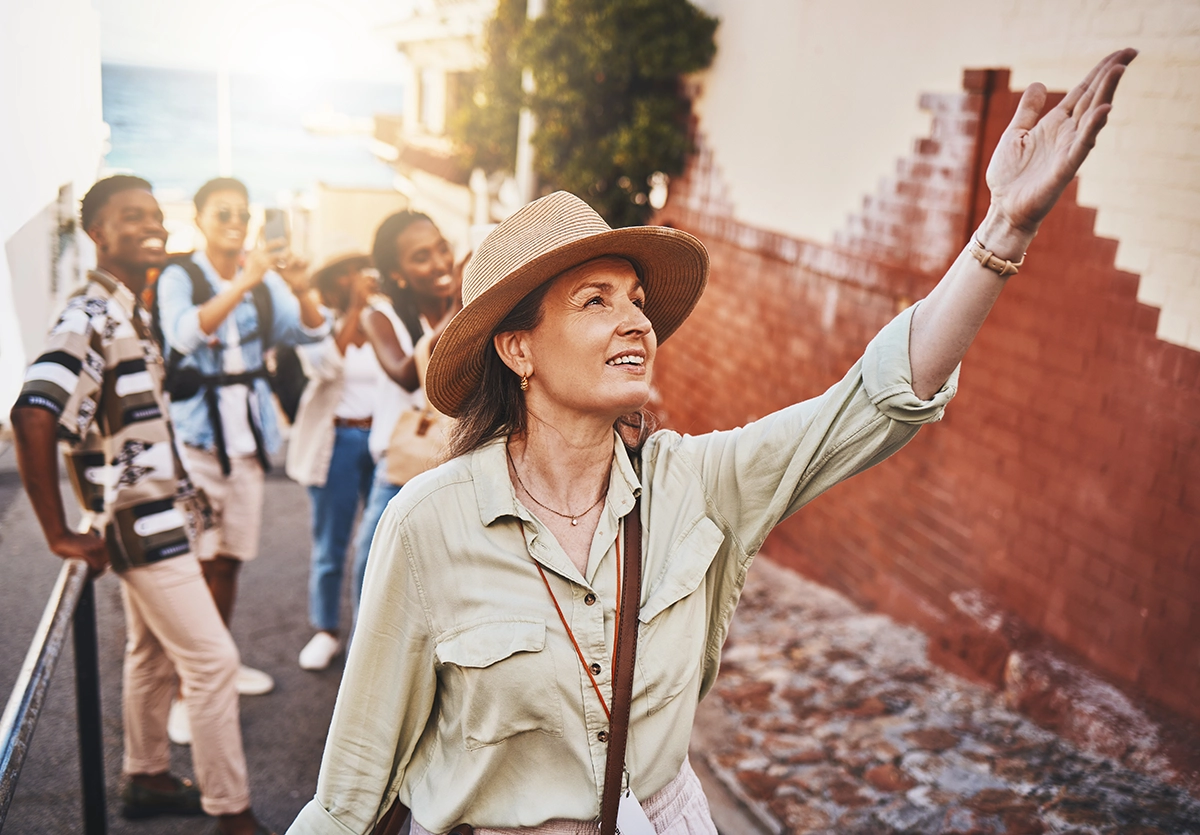Visit Boston
Attractions, activities and more when visiting Boston.
Exploring Beantown: What To Do in Boston
As one of America's oldest cities, officially established in 1630, there are many Boston attractions that are perfect for everyone. While Boston’s sports and culture are big draws for tourists, museums and Red Sox games are just part of a larger story — it’s rich with history, outdoor activities, beautiful architecture, incredible food and lots more. With so much thrilling stuff to do in Boston, the hardest part is finding enough time to make it all happen!
Ready to experience the magic of Boston? From the historic Freedom Trail to world-class museums and vibrant neighborhoods, this iconic city awaits. As an AAA member, enjoy exclusive savings on hotels, dining and attractions, making your Boston adventure even more unforgettable.

TourBook® Curated Hotels
Discover standout hotels worldwide with TourBook®. From Diamond-designated properties inspected for quality, to carefully selected international stays. Every hotel in this collection is chosen to help you enjoy a trusted and memorable experience, no matter where you travel.
Learn MoreTourBook® Curated Restaurants
Savor memorable dining experiences with TourBook®. From Diamond-designated restaurants recognized for excellence to carefully chosen international spots, every restaurant in this collection is selected to provide quality, flavor, and a dining experience you can trust wherever you are.
Learn MoreTourBook® Curated Things To Do
Discover and book unforgettable activities and tours with TourBook, your gateway to a world of art & culture, outdoor adventures, culinary delights and iconic landmarks.
Learn MoreMost Popular Road Trips
Explore the open road with Road Trips and Drive Trips, your ultimate guides to unforgettable journeys. Discover handpicked hotels, must-see attractions and iconic landmarks recommended by AAA experts for a seamless adventure from start to finish.
Learn MoreMost Popular Campgrounds
Your next adventure awaits with TourBook Campgrounds, the ultimate tool to find campgrounds, campsites and RV sites across the US. Your ideal spot is only a click away.
Learn MoreCruise Deals
Your Next Great Voyage Awaits
AAA has partnered with the top cruise lines in the industry to give you exclusive AAA member benefits on cruise and river cruise bookings. Get ready to set sail!

Travel Tips & Inspiration
AAA Travel Inspiration, Destination Information and More
Be inspired by articles and videos from AAA Travel experts, offering insights on top destinations, recommendations and travel tips for your upcoming getaway.
Frequently Asked Questions in Boston
Check out the answers to these common queries and learn when to visit, where to stay and get ideas for entertaining things to do in Boston.
What is The Best Month to Visit Boston?
How Many Days Do You Need for a Boston Trip?
Is Boston a Good Place To Visit With Kids?
What Boston Food Should I Eat While I’m There?
Where Should I Stay in Boston?
Is Boston Worth Visiting?
Are There Any Free Walking Tours in Boston?
What Is the Best Way to Get Around Boston?
Travel Like an Expert with AAA and Trip Canvas
Get Ideas from the Pros
As one of the largest travel agencies in North America, we have a wealth of recommendations to share! Browse our articles and videos for inspiration, or dive right in with preplanned AAA Road Trips, cruises and vacation tours.
Build and Research Your Options
Save and organize every aspect of your trip including cruises, hotels, activities, transportation and more. Book hotels confidently using our AAA Diamond Designations and verified reviews.
Book Everything in One Place
From cruises to day tours, buy all parts of your vacation in one transaction, or work with our nationwide network of AAA Travel Agents to secure the trip of your dreams!
